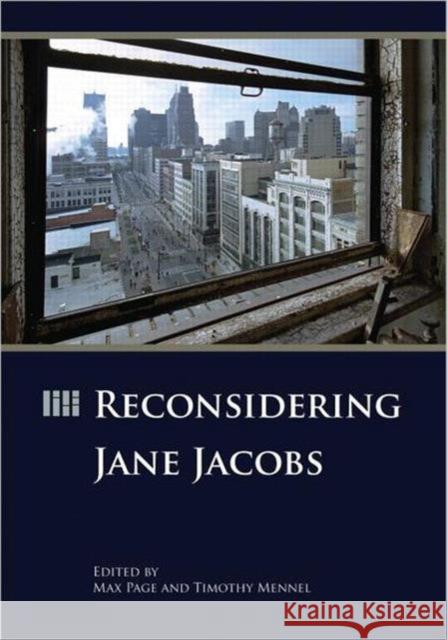Reconsidering Jane Jacobs » książka
Reconsidering Jane Jacobs
ISBN-13: 9781932364941 / Angielski / Twarda / 2011 / 208 str.
Reconsidering Jane Jacobs
ISBN-13: 9781932364941 / Angielski / Twarda / 2011 / 208 str.
(netto: 483,79 VAT: 5%)
Najniższa cena z 30 dni: 503,69
ok. 22 dni roboczych
Dostawa w 2026 r.
Darmowa dostawa!
Fifty years after the publication of her most influential book, The Death and Life of Great American Cities, Jane Jacobs is perhaps the most widely read urbanist ever. Her ideas contributed to the wholesale re-evaluation of the tenets of contemporary planning: urban renewal, public housing, highways, and zoning. It is hard to imagine the renewed appreciation of neighbourhood life, the rejection of urban renewal and public housing complexes, and the rise of the New Urbanist movement without Jane Jacobs. It may be hard to imagine gated communities, gentrification, and the Disneyfication of urban centres without her as well. This volume begins with the premise that the deepest respect is shown through honest critique. One of the greatest problems in understanding the influence of Jane Jacobs on cities and planning is that she has for much of the past five decades been "Saint Jane, the housewife" who upended urban renewal and gave us back our cities. Over time, she has become a saintly stick figure, a font of simple wisdom for urban health that allows many to recite her ideas and few to understand their complexity. She has been the victim of her own success. Reconsidering Jane Jacobs gives this important thinker the respect she deserves, reminding planning professionals of the full range and complexity of her ideas and offering thoughtful critiques on the unintended consequences of her ideas on cities and planning today. It also looks at the international relevance - or lack thereof - of her work, with essays on urbanism in Abu Dhabi, Argentina, China, the Netherlands, and elsewhere. Contributors include a range of urbanists, planners, and scholars, including Thomas Campanella, Jill M. Grant, Richard Harris, Nathan Cherry, Peter Laurence, Jane M. Jacobs, and others.











